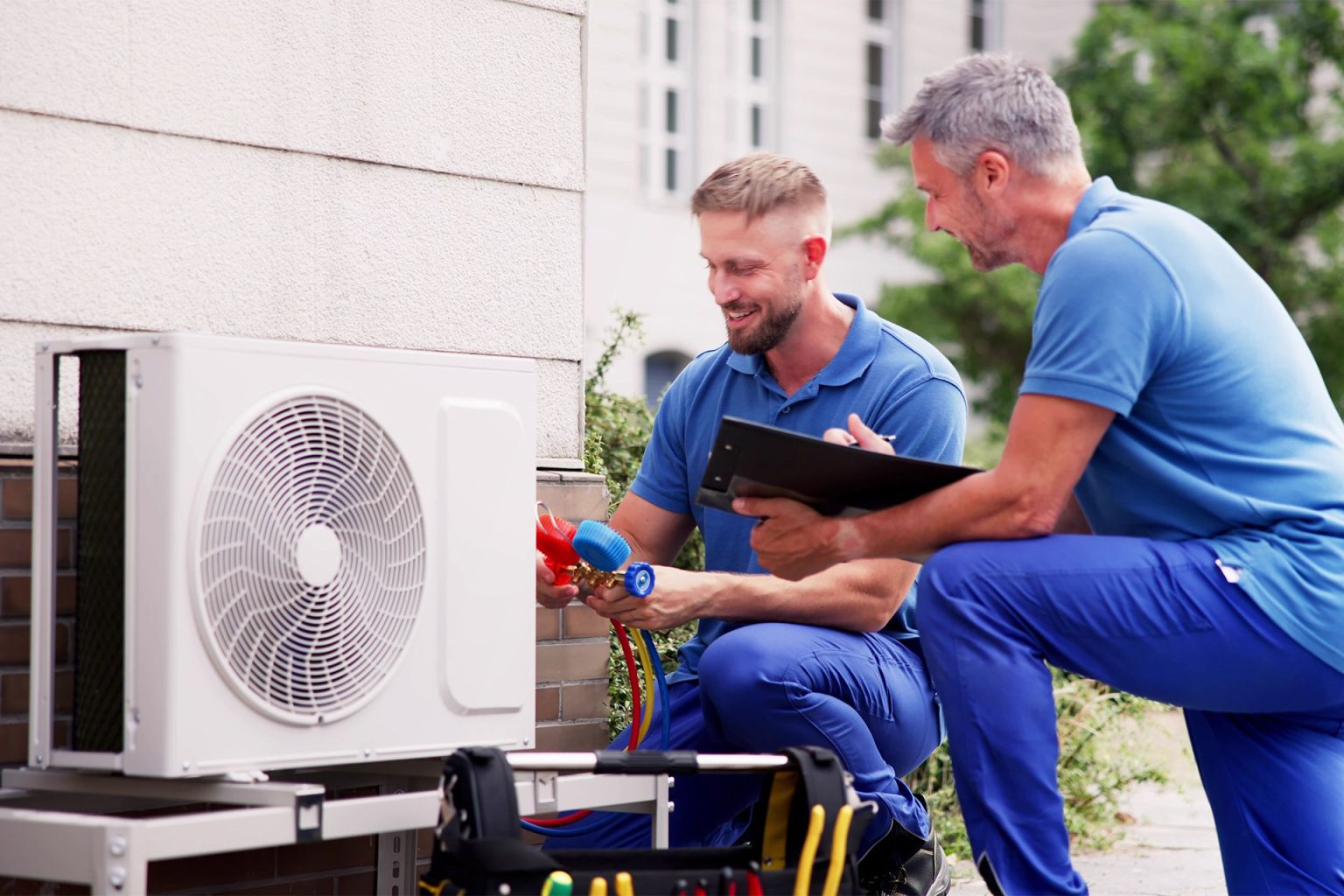Maintaining a comfortable temperature in your home, especially during the summer, is essential for creating a pleasant living environment. Whether you’re trying to stay cool during a heatwave or simply aiming to maintain a steady, comfortable temperature year-round, there are several strategies you can use.
From smart cooling solutions to regular maintenance, keeping your home cooler and comfortable requires a combination of efficient systems and thoughtful adjustments. Here are some tips to help you keep your home cooler while maintaining an ideal temperature.
Invest in Air Conditioner Installation
One of the most effective ways to keep your home cool is by installing an air conditioner (AC). A properly installed air conditioner can quickly lower the temperature in your home, providing relief from the heat. When selecting an AC system, consider factors such as the size of your home, energy efficiency, and the type of system that suits your needs. Options like central air conditioning, split systems, or window units all have their benefits depending on the size and layout of your home.
Professional air conditioner installation ensures that your system is correctly set up for optimal performance, which can lead to more consistent cooling and better energy efficiency. Whether you’re opting for a traditional AC unit or a more energy-efficient model, expert installation is key to ensuring that your home stays at a comfortable temperature.
AC Routine Maintenance for Longevity and Efficiency
To keep your air conditioner running smoothly throughout the warmer months, regular AC routine maintenance is crucial. Over time, dust and debris can accumulate in your air conditioning unit, causing it to work harder and less efficiently. Routine maintenance includes tasks such as cleaning or replacing the air filters, checking the refrigerant levels, and ensuring that the system is free from blockages or leaks.
By scheduling regular maintenance, you can avoid costly repairs and ensure your AC operates at its best. An efficiently running air conditioner not only keeps your home cooler but also helps lower energy consumption and utility bills. Regular servicing can also extend the lifespan of your unit, ensuring that you get the most out of your investment.
Use Fans to Circulate Air
Ceiling fans, box fans, and oscillating fans can help circulate air throughout your home and provide a cooling effect. Ceiling fans, in particular, are great for keeping air moving and improving the efficiency of your AC system. During the cooler evening hours, turn off your air conditioner and use fans to keep the air circulating. If you don’t have ceiling fans, consider adding portable fans to various rooms to enhance airflow.
In the summer, make sure your ceiling fans are set to rotate counterclockwise. This creates a wind-chill effect, helping cool the room’s occupants. In cooler months, reverse the direction to push warm air down.
Keep Windows and Doors Closed During Heat
When the temperature outside rises, it’s important to keep windows and doors closed to prevent hot air from entering. Use curtains or blinds to block out the sun’s rays, particularly during the hottest parts of the day, usually between 10 a.m. and 4 p.m. Light-colored curtains can reflect sunlight, while heavier curtains or shades can provide additional insulation.
If you need to open windows to let in fresh air, do so during the cooler parts of the day, such as early morning or late evening, when outdoor temperatures are lower. Installing window coverings like heat-reflective film can also help keep heat from entering your home.
Seal Gaps and Insulate Your Home
One of the most effective ways to maintain a consistent, cool temperature is to ensure that your home is properly sealed and insulated. Check for gaps and cracks around windows, doors, and even in your attic, where heat can enter and cool air can escape. Use weatherstripping or caulk to seal these openings.
In addition, good insulation helps keep the cool air in and the hot air out. Ensure your attic is properly insulated, as heat can accumulate there and radiate down into the living spaces. Insulation in walls and floors also helps maintain a consistent temperature throughout your home.
Use Natural Ventilation
At night, when the temperature drops, you can use natural ventilation to cool down your home. Open windows in rooms where you want cooler air, especially if you can create a cross-breeze by opening windows on opposite sides of the house. This can help air flow freely through the space and lower the indoor temperature.
You can also use a whole-house fan to pull cool air into your home at night, while expelling hot, stale air. This method works best when outdoor temperatures are lower than indoor temperatures, so it’s most effective during the evening or early morning.

